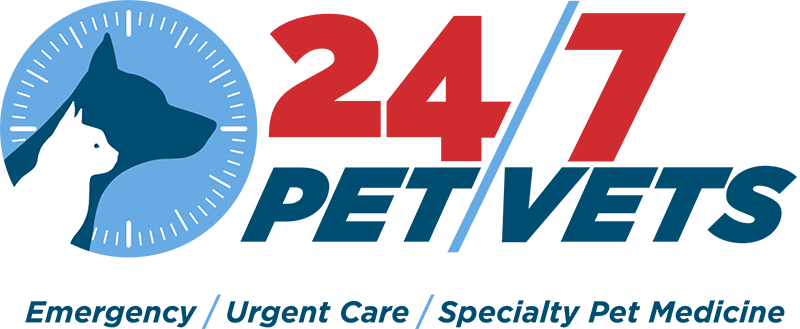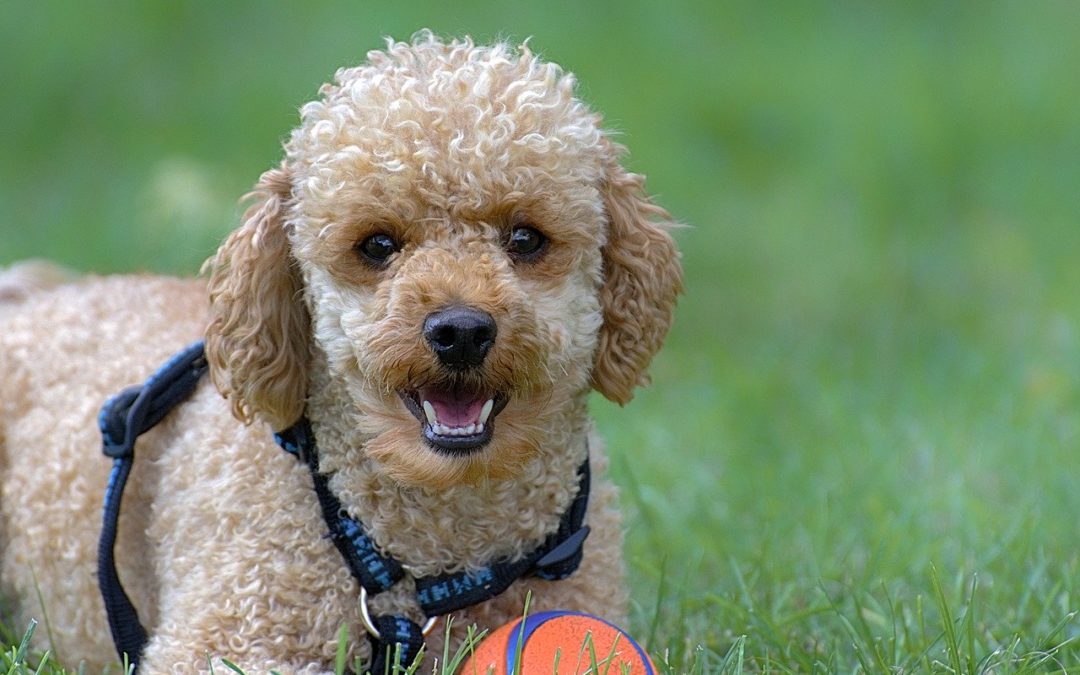What is Canine Bloat?
Gastric dilation-volvulus (GDV), also known as bloat, occurs when a dog’s stomach becomes
blocked, and gas and fluid accumulate, causing the stomach to stretch to many times its normal
size. The bloated stomach causes severe pain, and it is prone to twist. When the stomach
twists, all of its contents become trapped and the blood supply is cut off. Without blood flow,
the stomach quickly deteriorates, and, because it is so distended, it can compress the large
vessels that return the blood back to the heart and cause a shock of the circulatory system.
Without treatment, GDV is a fatal condition. A dog with bloat may only have an hour or two to
live.
Dogs at increased risk for bloat
Large-breed and deep-chested dogs are at the highest risk of developing bloat. Predisposed breeds
include:
● Great Danes (39% of Great Danes will experience bloat during their lifetime)
● Standard poodle
● Irish setter
● Irish wolfhound
● Akita
● German shepherd
● Weimaraner
● Saint Bernard
● Boxer
Dogs with direct relatives that have a history of GDV are also at increased risk.
A dog’s eating habits can also increase bloat risk—those who eat quickly, eat from raised bowls,
or eat a single large meal each day are more likely to bloat. Feed your dog at least two smaller
meals per day, and avoid feeding from elevated bowls. Use food puzzles to encourage your pup
to slow down while eating.
Signs of Bloat in Dogs
GDV is extremely painful, and the pain occurs suddenly and without warning. A dog may seem
normal one minute, and then may suddenly exhibit the following signs:
● Pacing
● Agitation
● Frequent, usually unproductive, attempts to vomit
● Distended abdomen (although deep-chested breeds may not show this sign)
What To Do if You Suspect Bloat in Your Dog
If you notice your dog unsuccessfully attempting vomit, contact us or the nearest
emergency veterinary hospital immediately. GDV is a medical emergency, so the veterinary
medical team will immediately begin IV fluids and work to manage your dog’s pain. If X-rays
confirm a GDV diagnosis, the team will need to sedate your dog before passing a tube through
her esophagus to decompress the stomach.
When your pet is stable, surgery will be recommended. During surgery, we’ll assess damage to
her organs and perform a procedure called gastropexy, which attaches the stomach to the
abdominal wall to prevent future twisting, although it will not prevent future episodes of bloat.
Are you interested in learning more about the treatment of bloat? Visit The American Kennel Club’s website for more information.

